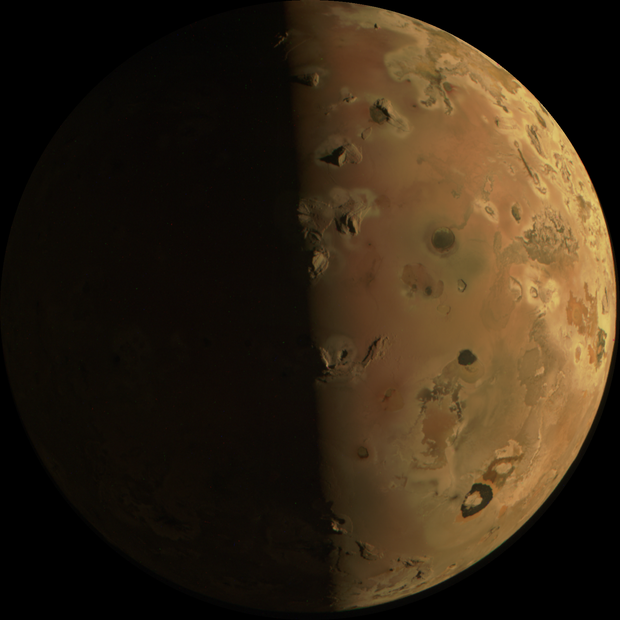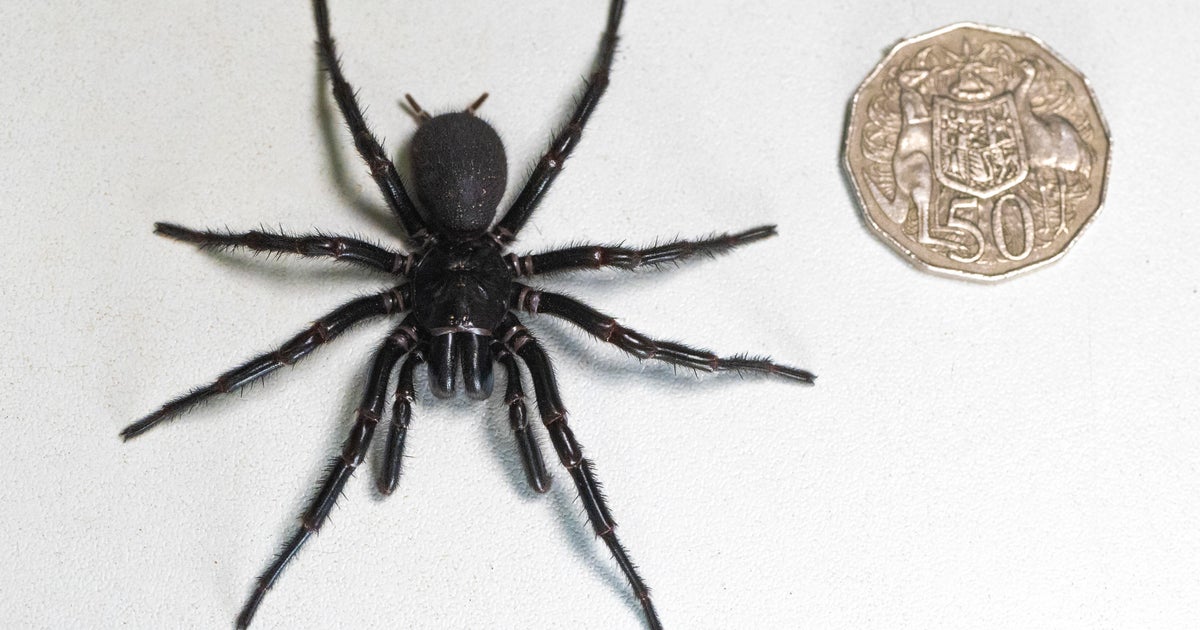NASA spacecraft makes its closest-ever approach to Jupiter's moon Io, releases new images of the solar system's "most volcanic world"
A NASA spacecraft made its closest-ever approach to Jupiter's moon Io, coming within 930 miles of the "surface of the most volcanic world," and the space agency released new images of the flyby.
The spacecraft, Juno, has been circling Jupiter since 2016. Since then, it has orbited the planet to learn more about the gas giant and its moons, NASA said.
Io, one of Jupiter's moons, is a "turbulent world" that is "dotted with hundreds of volcanoes," NASA said. Some of those volcanoes have eruptions so powerful that they can be seen by telescopes on Earth. It's one of 95 moons orbiting Jupiter, and exists in a "gravitational tug-of-war" between nearby moons and the planet itself. That creates tidal forces causing the surface to flex by as much as 330 feet, according to NASA.
The data from Juno's flyby of Io has not yet been processed by NASA, but researchers said they were looking for more information on those volcanoes. Some photos from the flyby were posted online.
"By combining data from this flyby with our previous observations, the Juno science team is studying how Io's volcanoes vary," said Juno's principal investigator, Scott Bolton of the Southwest Research Institute in San Antonio, Texas, in a news release from NASA. "We are looking for how often they erupt, how bright and hot they are, how the shape of the lava flow changes, and how Io's activity is connected to the flow of charged particles in Jupiter's magnetosphere."
All three of the cameras aboard the spacecraft were set to be active during the flyby. One camera, called the Jovian Infrared Auroral Mapper, used infrared instruments to record heat signatures emitted by volcanoes on Io. A second camera, called the Stellar Reference Unit, will obtain high-resolution surface images, and what NASA calls the JunoCam will "take visible-light color images," which results in images akin to satellite photographs. The photos posted online by NASA were taken by the JunoCam.
The spacecraft will fly past Io again on February 3, coming again within 930 miles of the moon's surface. After that, NASA says the spacecraft will fly past Io every other orbit, though it will progressively move farther away, for a total of 18 flybys throughout Io's mission to Jupiter.
"With our pair of close flybys in December and February, Juno will investigate the source of Io's massive volcanic activity, whether a magma ocean exists underneath its crust, and the importance of tidal forces from Jupiter, which are relentlessly squeezing this tortured moon," said Bolton.
for more features.





